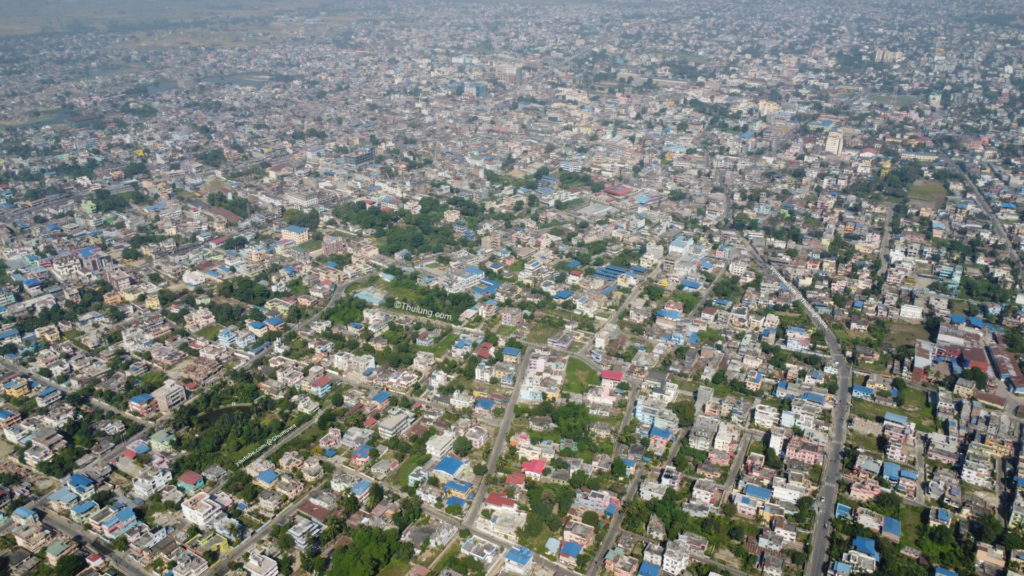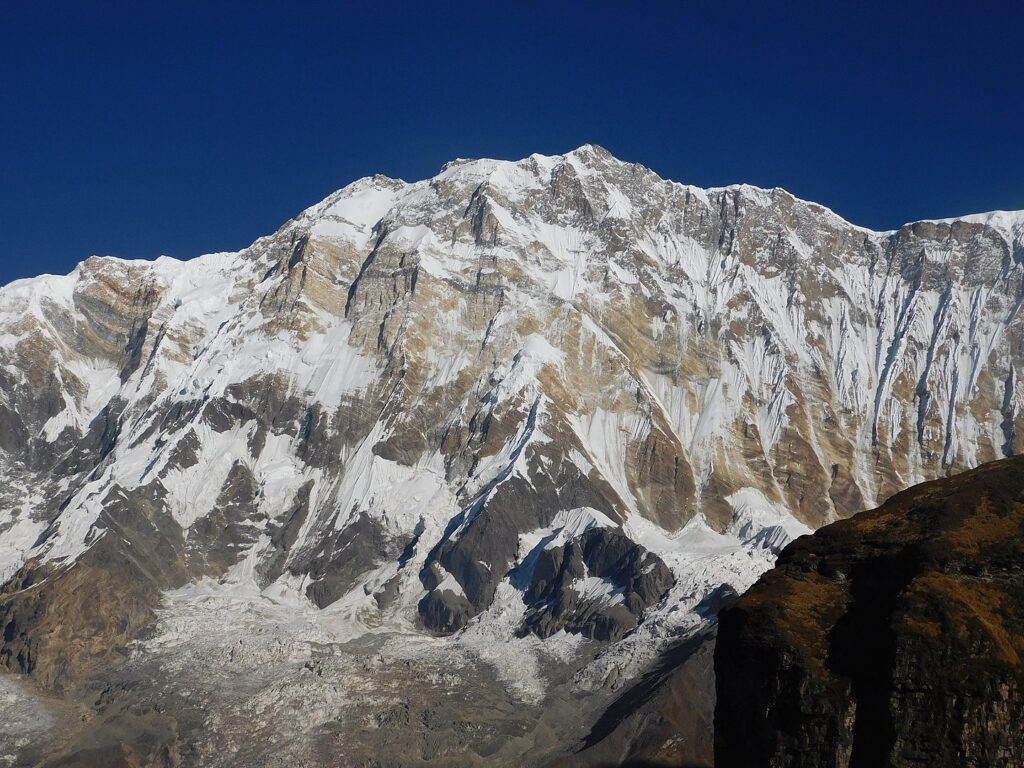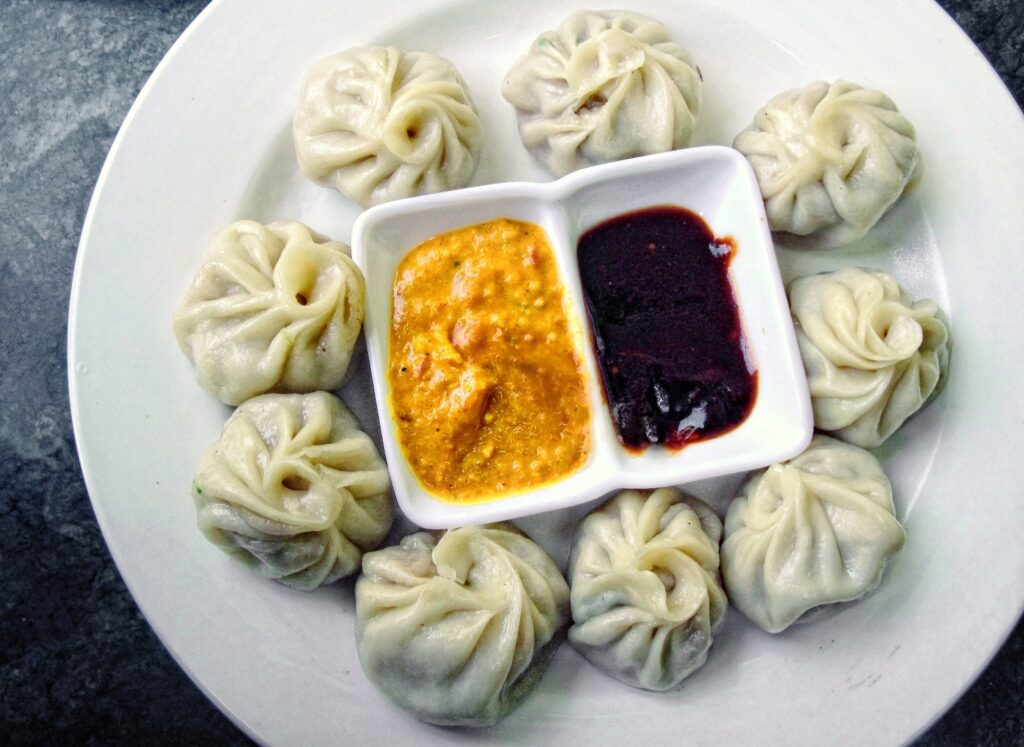Jump to Section
Planning a trip to Nepal? Let’s dive into the best times to visit. From September to late November, you get clear skies right after monsoon season—perfect for trekking!
Winter months like December through February can be quite chilly but still offer non-trekking city experiences without snow. For milder weather and fewer crowds, consider visiting from February to April. Just watch out for occasional downpours towards the end of this period due to climate change.
By May, expect heavier rains as the early monsoon season begins.
City Guides Overview
Here’s a concise breakdown of the key highlights of various cities in Nepal:
| City | Attractions | Cuisine | Cultural Highlights | Must-Do Activities |
|---|---|---|---|---|
| Kathmandu | Kathmandu Valley, Pashupatinath Temple, Boudhanath Stupa | Dal Bhat, Momo, Sel Roti, Aalu Tama | Dashain & Tihar festivals, ancient temples, and monuments | Trekking in Kathmandu Valley, visit Swayambhunath (Monkey Temple) |
| Pokhara | Phewa Lake, Sarangkot, Devi’s Fall | Momo, Thukpa, Pulao | Local dance performances, traditional handicrafts | Paragliding, boat ride on Phewa Lake, trek to Sarangkot |
| Chitwan | Chitwan National Park, Jungle Safari | Dhido, Chhoyela, Mutton Curry | Tharu cultural dances, Wildlife Conservation | Jungle safari, canoe ride, elephant bath |
| Lumbini | Maya Devi Temple, Lumbini Gardens | Dal Bhat, Momo, Sel Roti, Lakhamari | Birthplace of Buddha, pilgrimage sites | Visit the Maya Devi Temple, explore monasteries, meditate in Lumbini |
| Everest Region | Everest Base Camp, Namche Bazaar, Tengboche Monastery | Tibetan Cuisine, Dal Bhat, Sherpa Stew | Sherpa culture, Tibetan Buddhist rituals | Trek to Everest Base Camp, visit Tengboche Monastery |
| Bhaktapur | Bhaktapur Durbar Square, Nyatapola Temple | Momo, Newari Cuisine, Sel Roti | Newari culture, traditional architecture | Explore Bhaktapur Durbar Square, sample Newari food, cultural walks |
| Bandipur | Bandipur Village, Thani Mai Temple | Momo, Dhido, Sel Roti | Hilltop Newar culture, festivals like Dashain | Trek to the top of Bandipur Hill, visit Thani Mai Temple |
Plan Your Nepal Itinerary
When planning your Nepal itinerary, decide first on the timing. September to late November is peak season because it follows monsoon and offers dry, clear air perfect for trekking and sightseeing. If visiting during December through February, expect cold weather; cities don’t get snow but temperatures can drop below freezing with power outages being common.

From February to April you’ll find warmer days making this the second busiest tourist time of year despite potential later downpours due to climate change effects. Early May brings the start of monsoon season characterized by frequent showers leading up until June when heavier rains dominate along with flight delays and high humidity levels that persist into August. To choose what you want from a 5-7 day itinerary in Nepal, consider your interests.
Culture and history take center stage in Kathmandu Valley, while treks beyond Everest Base Camp require more than seven days, so plan accordingly. Cultural excursions remain available all year round, unlike trekking which may be less rewarding visually amid rainy months due to poor visibility. Instead, seek post-monsoon clarity to ensure maximal appreciation of the alpine vistas, as the skies clear and unveil the stunning Himalayas in all their splendor.
Choose the Best Season
To choose the best season for your trip to Nepal, consider what you want to do. Weather and activities go hand in hand here. If trekking is on your list, the dry season from October through May is ideal.



Everest Base Camp Trek offers stable weather and clear skies between March-May and September-November. Annapurna Circuit also shines during these times with great views and moderate temperatures. For off-peak travel, monsoon (June-August) turns landscapes lush-green but makes trails slippery—not good for trekkers yet beautiful if you prefer a quieter experience.
Temperature varies greatly due to altitude differences: warmer at lower elevations; colder higher up. Pack layers accordingly based on where you’ll be going—think T-shirts for low lands or thick jackets for high-altitude treks. Cultural experiences abound year-round but peak during autumn’s festivals like Dashain (Sept-Oct) and Tihar (Oct-Nov).



Visiting temples can be more peaceful in winter months when tourist numbers drop sharply allowing tranquility amid sacred settings. Wildlife watching hits its stride from October-March—the dry period improves visibility of Bengal tigers at Chitwan National Park along with one-horned rhinos often seen moving about freely amidst thinning vegetation. Birdwatching opportunities flourish across varied ecosystems, making it thrilling any time.
Better light conditions favor photographs, especially around dryer seasons, aligning perfectly with other adventure plans.
Pack Essentials for Trekking
Don’t forget your passport, trekking permits, and insurance details. These must be in a waterproof pouch as you will need them at various checkpoints. Carry a sleeping bag since teahouse blankets are often grubby and inadequate for higher altitudes.
For most treks, aim for a -30 to 0-degree Celsius sleeping bag. I used mine on the Annapurna Circuit where temperatures dropped to -25C. A warm jacket is crucial; down jackets pack small but keep you cozy even when it’s freezing outside.
You can buy or rent one cheaply in Nepal if needed. Well-worn hiking shoes prevent blisters and offer essential ankle support while navigating rugged trails. Waterproof options help keep feet dry through snow or rain showers encountered along mountain paths.
Toilet paper becomes indispensable at high altitudes due to frozen water supplies with no running facilities available there—carry extra rolls just in case! Bring along a reusable water bottle instead of buying bottled drinks, which significantly reduces plastic waste. This helps protect the beautiful landscapes we cherish and prevents environmental degradation.
Respect Local Customs and Traditions
Respecting local customs and traditions in Nepal is essential for a meaningful journey. Begin with the traditional greeting, “Namaste.” This simple word signifies respect and acknowledgment of Nepali culture. When you say it, add a slight bow and sincere smile to deepen the connection.
Modest attire speaks volumes about your respect for cultural norms. Ensure your clothing covers shoulders, chest, and knees when visiting villages or sacred sites. Thisn’t only shows reverence but also helps build rapport with locals.
Participate willingly in festivals like Holi or Diwali if invited by residents. These events are vibrant expressions of Nepali culture that bind communities together through shared experiences. Engage warmly in conversations over a cup of chiya (tea).
Respect for elders is paramount; addressing them politely can open doors to deeper connections beyond language limits. While exploring markets filled with intricate handicrafts—like wooden ornaments or woven textiles—acknowledge artisans’ skills respectfully without haggling too aggressively on prices as this reflects understanding their hard work’s value. Photograph mindfully: Before capturing people’s images, ask permission first using polite gestures, which are often deeply appreciated and remove barriers, allowing genuine smiles and interactions.
This enhances the overall experience, making it even more enjoyable when reviewing those cherished memories later, respecting their origins and keeping alive the bonds made during timeless travels abroad.
Navigate Transportation Options
For travel within Nepal, buses are the most common way to get between cities. Public and tourist buses serve many routes but can be crowded and slow due to poorly maintained roads. Opt for a tourist bus where possible; they’re more comfortable.
In Kathmandu Valley, taxis and rickshaws are prevalent. Always negotiate the fare before you start your journey as meters might not always work or even exist. Domestic flights offer quicker travel across longer distances like from Kathmandu to Pokhara or Lukla.



Airlines such as Yeti Airlines and Buddha Air operate these routes frequently but note adverse weather conditions can cause delays. Motorcycles make exploring rural areas exciting yet risky given rough road conditions—always wear protective gear if renting one. If planning treks in remote regions, hire a licensed guide familiar with local trails; they ensure safer navigation through unpredictable terrain especially during monsoon season when landslides are frequent.
Nepal’s railways are limited mostly around Janakpur near India’s border. This makes them less useful for tourists focusing on major destinations like Chitwan National Park or Lumbini.
Savor Traditional Nepalese Cuisine
When you crave authentic Nepalese dishes, start with Dal Bhat. This staple meal includes steamed rice and lentil soup often served with vegetable curry and pickle. If you’re a meat lover, add side dishes like chicken or mutton for extra flavor.



Next on your list should be Momo, the beloved Nepali dumplings filled with minced meat or vegetables mixed with spices, onions, ginger and garlic. Dip them in tomato herb paste for an explosion of taste. Try Aalu Tama as well; this dish combines potatoes and fermented bamboo shoots cooked to perfection creating a tangy delight that wakes up your palate.
Don’t miss out on Sel Roti either—sweet deep-fried rice doughnuts which are especially popular during festivals yet available year-round at many stalls across Kathmandu. Finish off with Lakhamari—a brittle sweet bread that’s crunchy outside but soft inside making it irresistible. Often used in traditional celebrations it’s one dessert you’ll remember long after leaving Nepal!
For drinks sample local beverages such as Chyang or Tongba both made from millets giving unique flavors not found anywhere else! Joining Food Tours through cities like Kathmandu offer guided experiences ensuring no culinary gem is left unexplored allowing deeper appreciation beyond just eating—with opportunities learning about history culture surrounding these foods too! So immerse yourself savoring each bite exploring vibrant street food scenes bustling eateries around every corner enjoy diverse rich tastes defining Traditional Nepalese Cuisine firsthand unforgettable journey awaits!
Stay Safe in Remote Areas
Staying safe in remote areas of Nepal requires careful planning and awareness. Follow these steps to ensure your safety:
Be health-conscious. Get necessary vaccines, like Hepatitis A and B, Typhoid, Tetanus shots before traveling.
Altitude sickness is common on high-altitude treks; symptoms include dizziness and nausea. Acclimatize slowly by ascending gradually to prevent this. Drink bottled or purified water only—tap water isn’t safe here.
Avoid raw salads; opt for cooked foods instead to reduce the risk of traveler’s diarrhea. Insect bites can be risky, especially during mosquito season when malaria and dengue fever are concerns around dusk time daily used repellent effectively: covering up with long sleeves helps too! Carry a first-aid kit with band-aids, antiseptic wipes, and any personal medication you regularly need.
Keep it accessible for unexpected emergencies, ensuring a safe and memorable journey.
You wrap up your Nepal adventure with memories of stunning landscapes and rich culture. The majestic Himalayas leave you in awe, while local cuisine delights the palate. Temples and monasteries provide a glimpse into spiritual life, adding depth to your journey.
From bustling markets to serene villages, each stop offers unique experiences that stay with you long after you return home. Whether it’s trekking or exploring city streets, Nepal never fails to captivate and inspire every traveler who visits this remarkable country.
Discover a wealth of valuable travel articles by visiting our blog page, brimming with an abundance of tips, guides and inspiration for your upcoming adventures. Whether you’re in search of insider knowledge on unexplored destinations or seeking pocket-friendly advice to facilitate budget travel – we cater to every kind! Our wanderlust-inducing storytellers ensure that each journey is enthralling; curated collections take the reader on a voyage through hidden gems and invite them into their next unforgettable destination where they will be carried away by exploration.





Leave a Reply